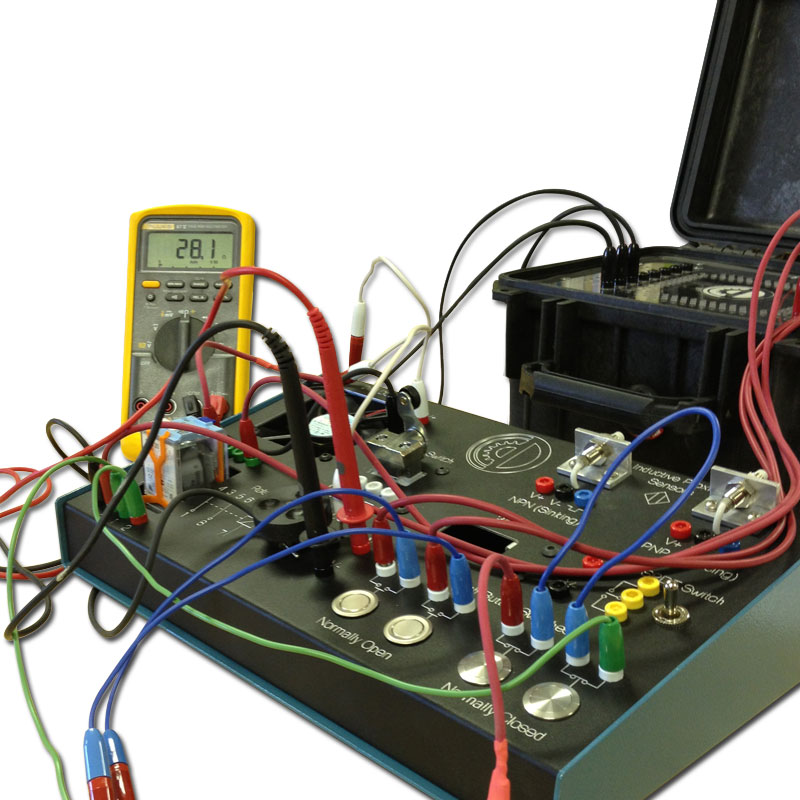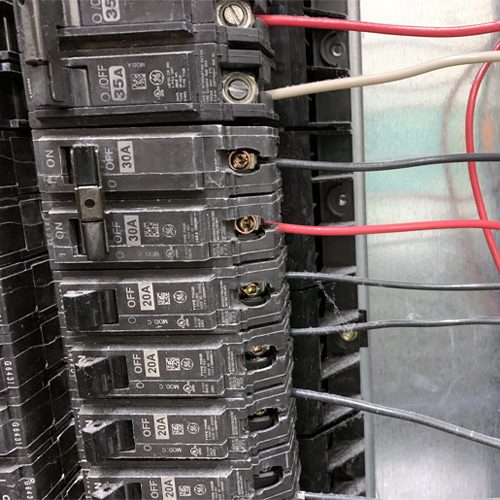Reliable regulatory compliance assistance guidance for peace of mind.
Reliable regulatory compliance assistance guidance for peace of mind.
Blog Article
Top Tips for Effective Electric System Troubleshooting
Repairing electric systems requires a methodical method, based in a detailed understanding of electric principles and safety procedures. The subtleties of efficient repairing expand past plain technological knowledge; understanding how to document findings and prioritize safety can significantly influence end results.
Understand the Essentials
Recognizing the essentials of electric systems is crucial for reliable troubleshooting, as a strong structure enables professionals to detect and settle concerns a lot more effectively. A detailed grasp of electrical concepts, such as voltage, existing, resistance, and power, is important in determining the source of troubles. Voltage is the electric possible difference that drives current through a circuit, while resistance opposes the circulation of current, influencing the general performance of the system.
Experience with circuit parts, consisting of resistors, capacitors, diodes, and changes, is also vital. Each element plays a distinct function in circuit actions and can affect performance when malfunctioning. Furthermore, recognizing collection and parallel circuit arrangements is vital, as these plans affect the circulation of voltage and existing within the system.
Moreover, expertise of security protocols is vital. Technicians should understand possible dangers, such as shock and short circuits, to execute secure troubleshooting techniques. By mastering these foundational concepts, professionals enhance their capability to perform effective diagnostics and repair services, inevitably leading to improved efficiency and integrity of electric systems. This foundational understanding is the keystone of effective repairing undertakings.
Gather Necessary Equipment
Efficient troubleshooting of electrical systems needs the appropriate set of devices to detect and settle problems properly. Vital devices include a multimeter, which measures voltage, existing, and resistance, enabling for precise examinations of electrical parts.
Additionally, insulated hand devices such as screwdrivers, pliers, and cord pole dancers are important for securely manipulating electrical links. It is also suggested to have a circuit tester on hand to validate the presence of voltage in electrical outlets and wires. For more complex systems, a thermal imaging electronic camera can help identify overheating elements, showing prospective failings.

Follow an Organized Strategy
Having actually gathered the appropriate tools, the next step in troubleshooting electric systems is to adhere to a systematic method. A methodical technique guarantees that specialists can identify faults successfully and properly, decreasing downtime and protecting against unneeded repair services.
Begin by examining the system's schematic representations and specs. Understanding the design and functional specifications will provide context for diagnosing issues. Next off, separate the problem location by utilizing a procedure of elimination. This involves monitoring each element methodically, click to investigate beginning with the power source and functioning in the direction of the load.
Utilize screening equipment, such as multimeters and oscilloscopes, to collect objective data concerning voltage, current, and resistance at numerous points within the system. This empirical evidence will certainly direct your troubleshooting initiatives and assist to confirm or get rid of potential sources of failure.
Additionally, take into consideration environmental factors that might influence the system's efficiency, such as have a peek at these guys temperature variations or moisture access. An extensive inspection of electrical wiring, connections, and parts will certainly ensure that all opportunities are accounted for.
Paper Your Findings
Detailed documentation is necessary in the repairing process of electric systems. Exact records enhance the effectiveness of recognizing recurring problems and facilitate interaction among staff member. Each finding needs to be meticulously noted, including signs and symptoms observed, examinations conducted, and the results of those examinations. electrical system troubleshooting. This method not just help in recognizing the root cause of the issue yet also acts as a recommendation for future repairing efforts.

Additionally, keeping a log of components replaced or repairs performed is important. This information supports stock management and can aid examine the long life and dependability of specific parts.
Eventually, the documentation procedure ought to be comprehensive yet succinct, allowing easy access and evaluation - electrical system troubleshooting. By focusing on in-depth resource documentation, technicians can create a useful understanding base that not just aids in existing troubleshooting however additionally equips future maintenance initiatives, consequently improving total system integrity

Prioritize Precaution
Identifying the intrinsic risks connected with electric systems is critical for making sure safety and security during troubleshooting. Electric shock, burns, and equipment damage are simply a few of the potential risks that professionals deal with. Focusing on precaution is not only a lawful responsibility yet also a moral imperative that safeguards both the specialist and the surrounding atmosphere.
Prior to starting any troubleshooting task, specialists must wear appropriate personal protective devices (PPE), including protected handwear covers, safety glasses, and flame-resistant clothing. Making sure that the workspace is completely dry and devoid of mess can considerably minimize the threat of crashes. Furthermore, it is necessary to de-energize circuits prior to beginning any type of work, confirming that they are not endure the usage of a multimeter or voltage tester.
Developing clear communication methods with staff member is additionally essential; this makes certain that every person recognizes prospective dangers and the condition of the electric system being dealt with. Finally, having an emergency feedback strategy in position can prove important in case of an incident. By prioritizing safety and security procedures, specialists can effectively reduce threats and cultivate a much safer workplace.
Verdict
Efficient electrical system repairing relies upon a thorough understanding of basic principles and a systematic technique. By collecting necessary tools, sticking to methodical evaluation methods, and meticulously recording findings, the troubleshooting procedure ends up being more reliable and dependable. Prioritizing security actions makes sure the health of individuals included and the honesty of the electrical system. Carrying out these strategies will boost the troubleshooting experience, bring about quicker resolutions and enhanced functional efficiency in electric systems.
Report this page